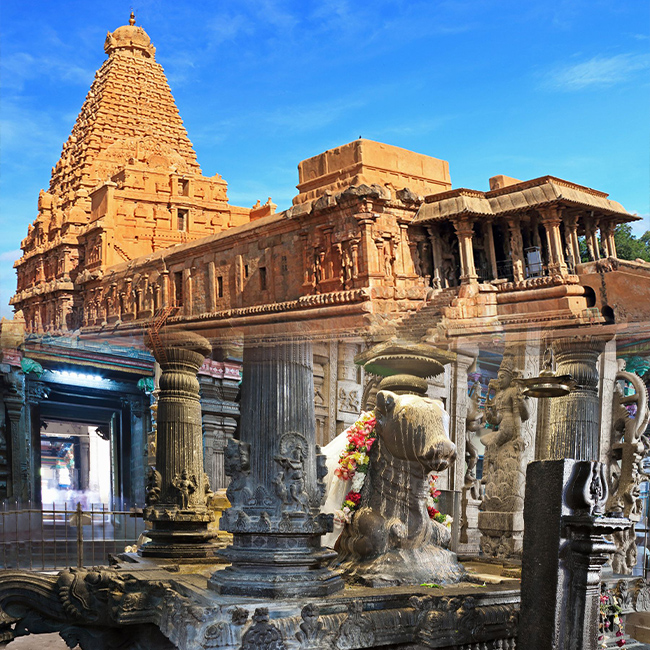

The Ramayana in Bali: How an Indian Story Became Part of Balinese Culture
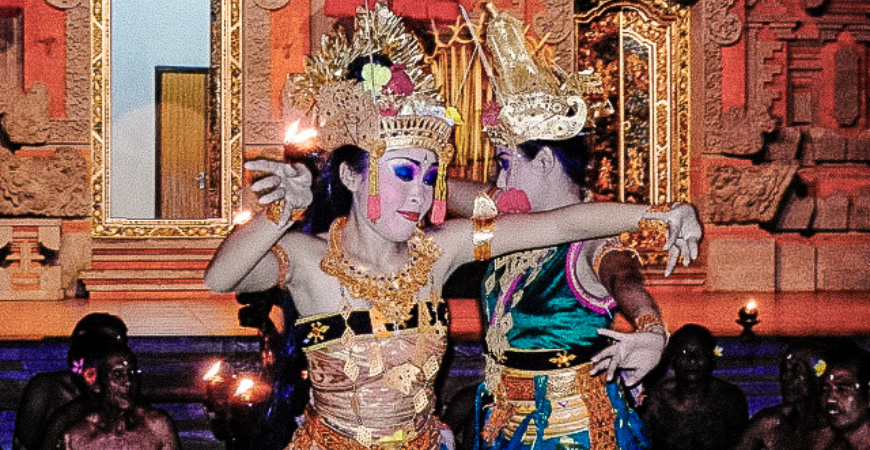

17 Apr 2025
The Ramayana in Bali: How an Indian Story Became Part of Balinese Culture
When we visualize Bali, we frequently see beautiful beaches, ancient temples, and vibrant ceremonies that are alive with music and incense. Yet, there is something more profound to the island's traditions than images alone--a narrative which has traversed through nations and eras. This story is the Ramayana; the ancient Indian epic that has rooted itself in the heart of Balinese culture.
What is the Ramayana?
The Ramayana is one of the most ancient and influential stories in the Indian literature, thought to have been authored over 2,000 years ago by the sage Valmiki. The ancient epic tells of some of the most memorable characters in literature, notably Prince Rama, who is exiled to the forest with his wife Sita and brother Lakshman. Sita is kidnapped by the demon king Ravana, and Rama sets out on a quest to find Sita with the assistance of Hanuman the monkey god, as well as an army of vanaras (monkey warriors). However, at its essence, the Ramayana is not just an adventure story; it is a spiritual and moral guide. It serves to address and include concepts of duty, love, loyalty, courage, and the eternal battle of good versus evil.
How Did the Ramayana Get to Bali?
The Ramayana emerged in India and traveled to Asia for many reasons, primarily through trade and conquest, but also through the cultural spread of Hinduism and Buddhism. Some of the first Hindu influences, ideas, texts, and traditions reached Southeast Asia and the Indonesian archipelago as early as the first few centuries CE. Bali's rich tradition of art, storytelling, and spirituality ensured the Ramayana found a comfortable home. When Hinduism became the primary spiritual path of the Balinese, the Ramayana transformed into an integral element of the island’s living culture.
Today, Bali is still one of the few places outside India, where Hinduism is the main religion. The Ramayana is still very much a living story and is integral to the rituals, festivals, and daily lives of the Balinese people, especially during festivals like Galungan and Kuningan, Parsva Samena, the Night of Silence, as well as exorcism and healing ceremonies and temple rituals too.
The Balinese Ramayana: A Global Story with Local Flavor
Over the centuries, the Ramayana has been adapted and retold across the globe. Within Bali, this popular tale has been grafted onto local mythology with its own approach, language, and traditions for performance.
Although the primary characters—Rama, Sita, Hanuman, and Ravana—are still evident there are often different emphases in the Balinese rendering of the Ramayana. For example, hanuman is often given an exaggerated role, local deities and/or local or regional symbolic elements are often added to the intention of making it more aligned with Balinese spiritual beliefs.
These adaptations illustrate that the Ramayana is not simply copied but adapts over time for the people telling the story.
The Kecak Dance: The Ramayana in Performance
Arguably the most popular form of the Ramayana in Bali is the spectacular Kecak Dance, and it is a storytelling tradition unlike any other. The Kecak dance is done outdoors, often at temples, such Uluwatu, just before sunset. As the sky shifts from blue to gold and the sound of the sea crashes against the cliffs below, a circle of men gather. The men begin chanting "cak-cak-cak" in a rhythm and the dancers, in colorful costumes that fill the space with the images of Ramayana, begin performing in the dance.
There are no musical instruments in the Kecak dance, only the human voice, the firelight and the energy of the performers. The most dramatic scenes like Hanuman leaping into battle, and Sita staunch in front of Ravana, come to life through movement, dance, and facial expression.
Watching Kecak dance is not simply entertainment; it is a spiritual and cultural experience. Attendees connect to a story that is still alive spiritually, and has been for thousands of years.
Temples, Art, and Sacred Spaces
One can easily see the Ramayana in Bali without experiencing a performance. It is in the carvings of temple walls, it is in the paintings on kamasan cloths, and it is in the everyday decorations and offerings. Temples such as Goa Gajah, Besakih, and Tirta Empul are often adorned with places from the Ramayana. Hanuman soaring across the ocean or Rama drawing his bow can often be seen at these temples.
The artwork is not just pretty pictures but rather serves a purpose as reminders of the lessons taught in the Ramayana and to help keep the stories of the epic alive in the sacred spaces.
A Living Story at the Center of Balinese Life
What makes the Ramayana in Bali special is that it is not history; it is alive. It is danced, sung, carved, and cherished daily. For all that is changing in the world, the aging Ramayana still holds a mirror to the future and offers pathways for a new society.
The way that Ramayana has been quintessentially received and transformed in Bali offers great beauty in its transition, and demonstrates how a story from one part of the world can flourish in another, whilst still holding its original wisdom as a fundamental guiding light.
If ever you visit Bali, you are not going to want to just check out the beach or temples - try to look again. You may see a monkey statue grinning at you four feet in the air (Hanuman) or hear the chanting and hypnotic melodies of a Kecak performance from a temple behind you. You will realise therefore at that moment, that the Ramayana is not some story from India: it is living, breathing and inescapably part of Balinese soul and spirit.
Leave a Reply
Explore by Categories
Most Viewed Blogs
Tags
State








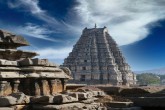


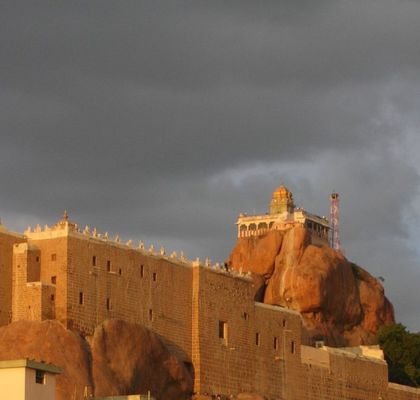

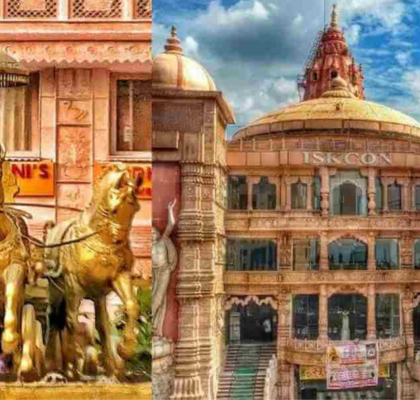
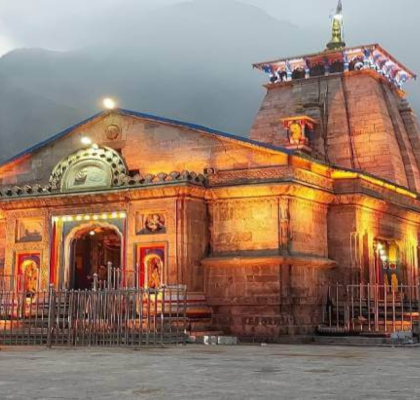
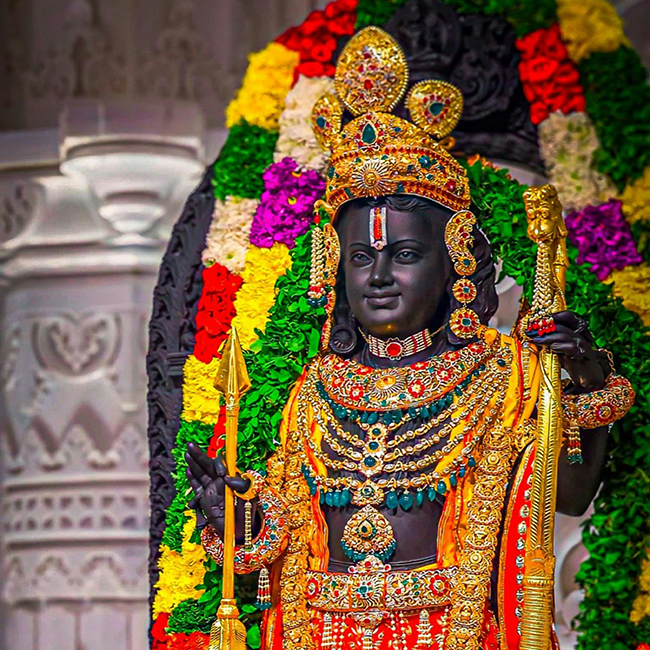
.jpg)

